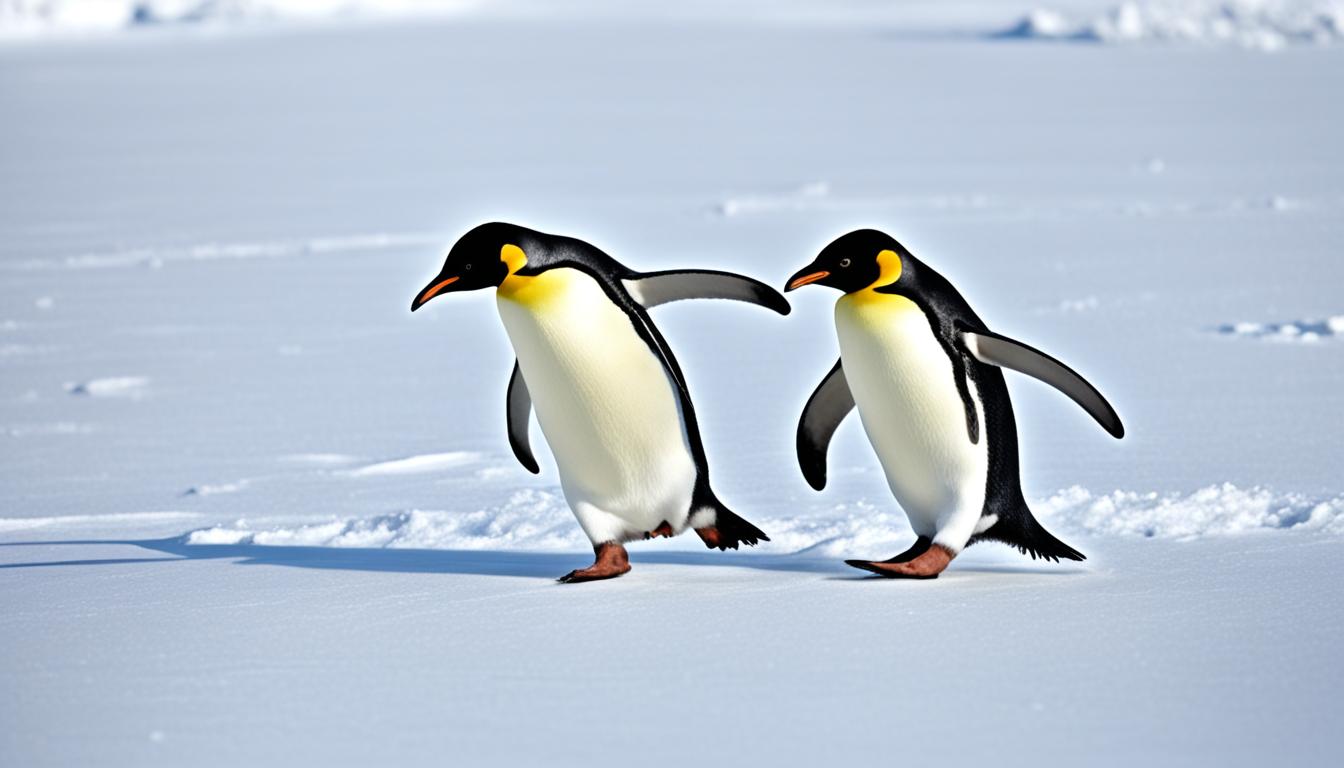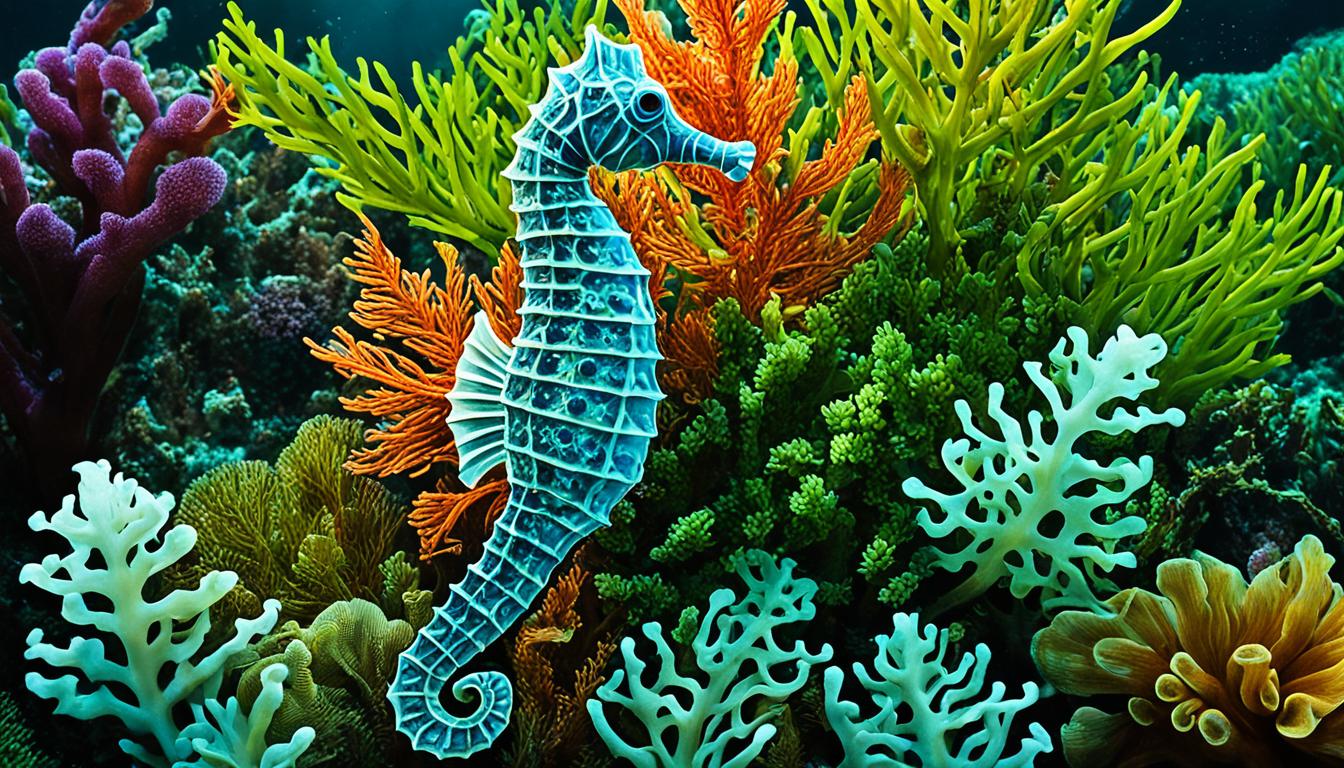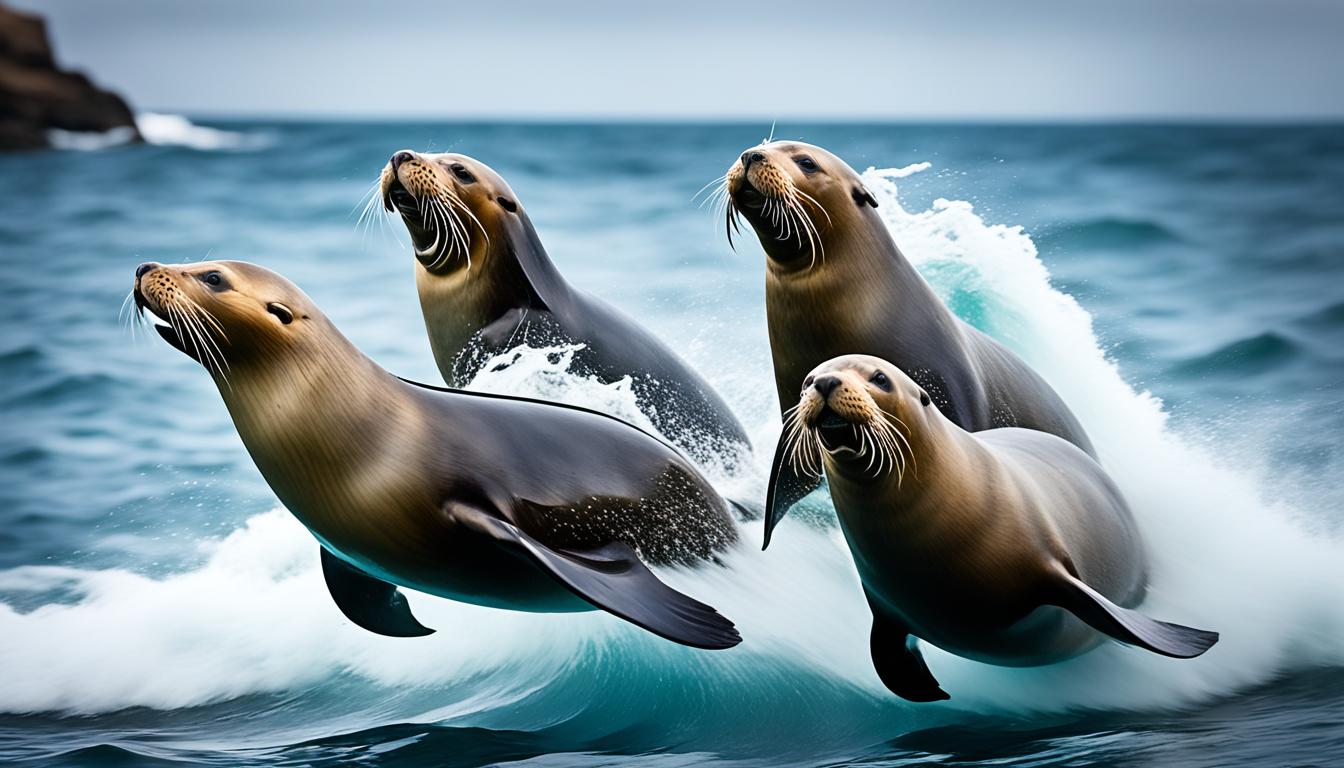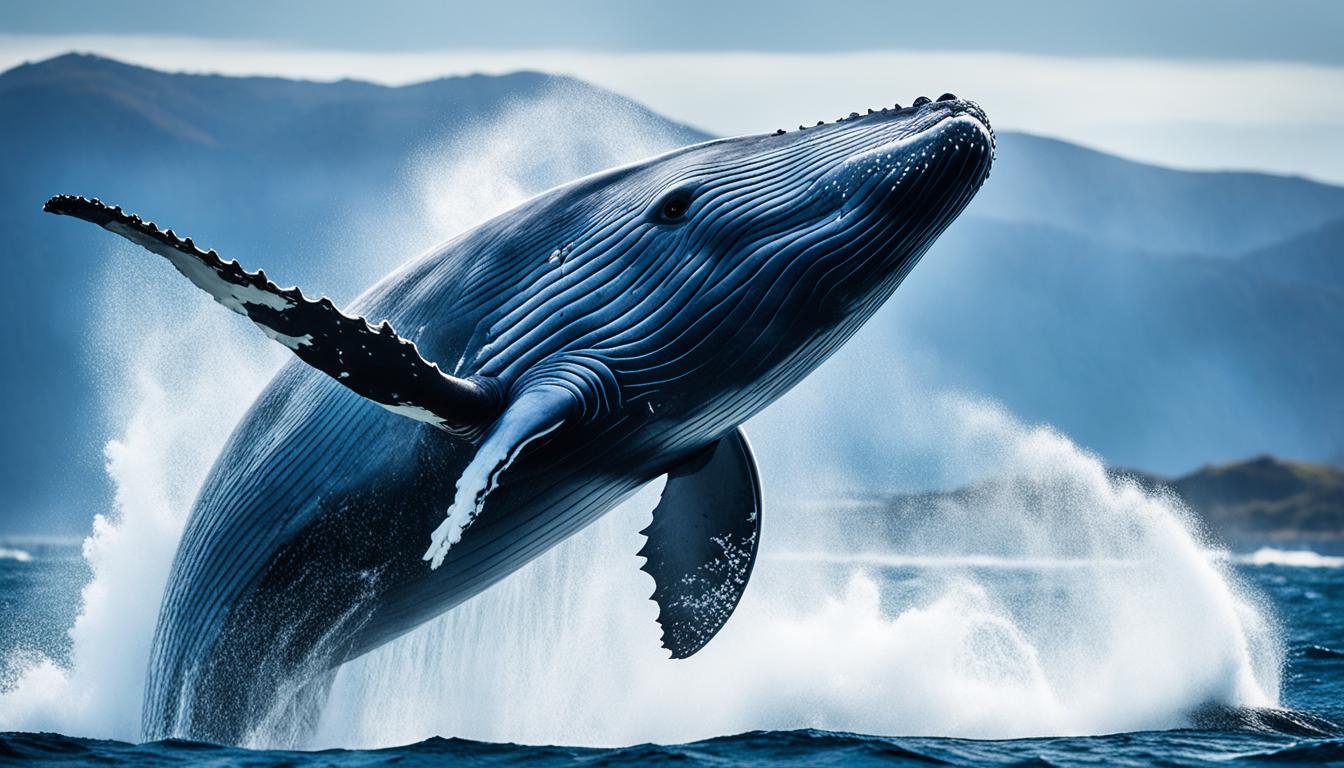Ever thought about why penguins waddle? It’s not just cute; it’s a key part of their survival. This article will dive into the science behind penguin waddling. You’ll learn how their body and the environment shape their unique walk.
Discover how penguins’ waddling is more than just a walk. It’s a clever way they’ve adapted to survive in tough conditions. By the end, you’ll see why this movement is crucial for their survival.
The Unique Physiology of Penguins
Penguins have a special body design that affects how they move. They evolved from birds that lived in water. Their bones are solid, which helps them dive and swim well underwater.
Their bodies are compact, and their legs are short and tucked inside. This makes their walking style unique, with an upright posture that looks like waddling. This waddling is actually a smart way for them to move on land.
These adaptations let penguins move well in water and on land. Their streamlined bodies are perfect for swimming, and their legs are made for walking. This balance is key to their success in both environments.
| Physiological Aspect | Description |
|---|---|
| Body Structure | Solid bones reduce buoyancy, aiding in swimming |
| Leg Positioning | Short legs situated within the body cavity |
| Walking Style | Upright posture leading to a characteristic waddle |
| Swimming Efficiency | Streamlined shape facilitates quick and agile underwater movement |
Why do penguins waddle?
Penguins waddle for many reasons, thanks to their unique adaptations. These birds gave up flying to become experts in the water. Their changes show how they’ve adapted for swimming, affecting their bodies and how they move.
Evolutionary Adaptations for Swimming
Penguins changed a lot to swim better. They have strong bodies that cut through water easily. Their wings turned into flippers, key for swimming fast. These changes help them swim but also change how they move on land.
Short Legs and Their Impact on Movement
Penguins have short legs which help them waddle. This helps them stay stable on icy ground. They waddle to balance their weight on their short legs. This special way of walking saves them energy when they go long distances to find a place to breed.
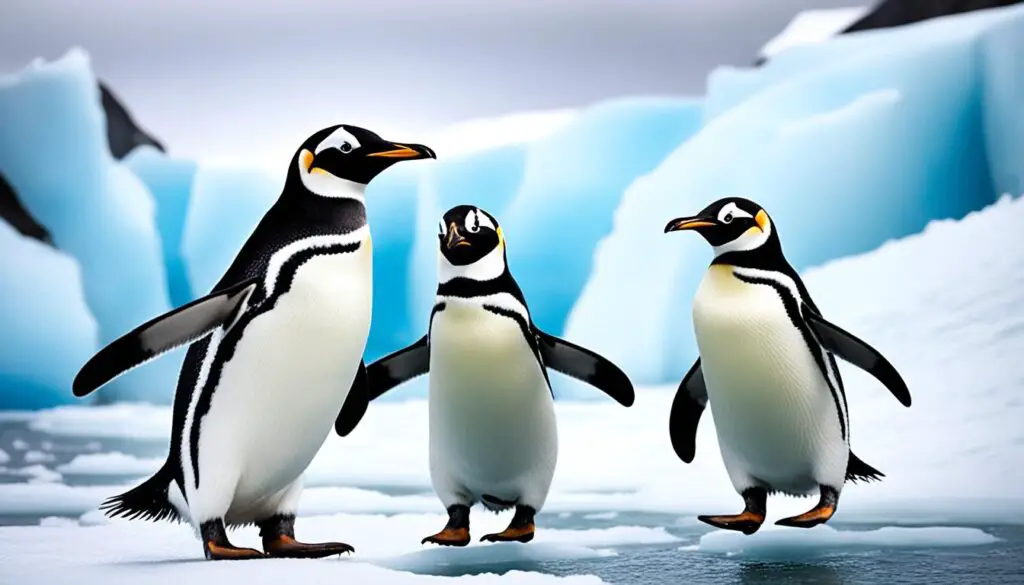
Understanding Penguin Locomotion
Penguins move in a unique way, known as waddling. This movement is key to their survival. It helps them live in their cold homes. Let’s look at how penguins move and why waddling is important for them.
Waddling as an Energy-Efficient Movement
Penguins waddle to save energy. Their short legs make their movement special. This way, they can walk on land and ice without using too much energy.
This helps them survive in tough places. It’s a clever way to move over long distances.
Biomechanics Behind the Waddle
Penguins use their bodies to swing while waddling. This saves a lot of energy. They get back about 80% of the energy they use when walking.
This makes them agile, even with short steps. It shows how well they’ve adapted to their world.
| Feature | Penguin Locomotion | Waddling Efficiency |
|---|---|---|
| Body Swinging Motion | Utilizes stored kinetic energy | Recovers up to 80% energy |
| Leg Structure | Short, sturdy legs | Facilitates balance on ice |
| Energy Conservation | Optimized for long distances | Reduces fatigue in harsh climates |
Learning about penguin biomechanics shows us their amazing survival skills. We see how waddling helps them in different environments.
Impact of Waddling on Penguin Survival
Waddling is key to penguin survival, especially during long migrations. It helps them save energy in harsh Antarctic environments. This gait lets penguins make long journeys with less energy spent.
Energy Conservation During Long Distances
The way penguins waddle helps them save energy on long trips. This movement keeps their energy up. They often travel 60 miles to get to their breeding grounds.
This gait cuts down on energy loss. It’s crucial in areas where food is hard to find.
Benefits in Harsh Environmental Conditions
Waddling also keeps penguins warm in extreme cold. As they move on icy ground, it helps them stay warm. This is key to surviving in freezing temperatures.
It helps them move over tough landscapes. This shows how important waddling is for penguins.
| Benefits of Waddling | Detail |
|---|---|
| Energy Efficiency | Reduces energy expenditure during long migrations. |
| Temperature Regulation | Helps penguins retain body heat in cold climates. |
| Navigation | Facilitates movement across challenging icy terrains. |
| Long-Distance Adaptation | Optimizes travel for reaching breeding grounds effectively. |
Penguin Waddling Behavior Across Species
Penguins waddle in different ways, showing how they adapt to their environments. Each species has its own unique waddle. For example, the Emperor Penguin waddles to save energy in Antarctica’s harsh conditions.
Variations Among Different Penguin Species
Leg length, body shape, and environment affect how penguins waddle. The Emperor Penguin waddles more because of its size. The Adélie Penguin, however, moves faster and more agilely.
This shows how each species has evolved to move best in its climate. It also shows the variety in how they use energy and move.
Comparing Waddling Styles and Mobility
Some penguins, like the African Penguin, move side to side. This helps them on sandy beaches or rocky coasts. These differences in how they waddle tell us about their survival and evolution.
It shows how their way of moving helps them in their ecosystems.

